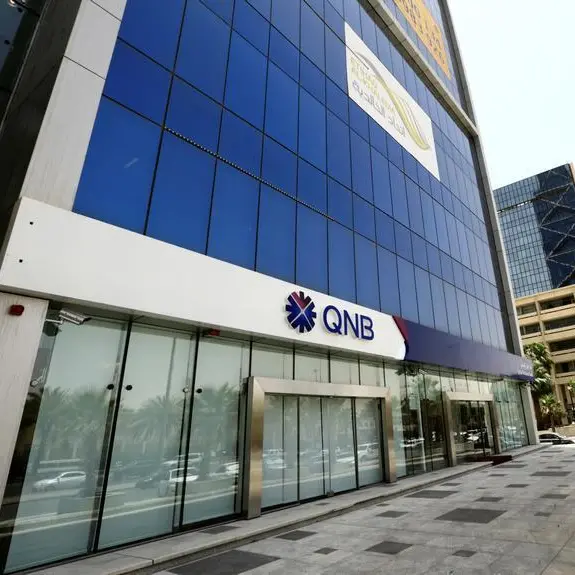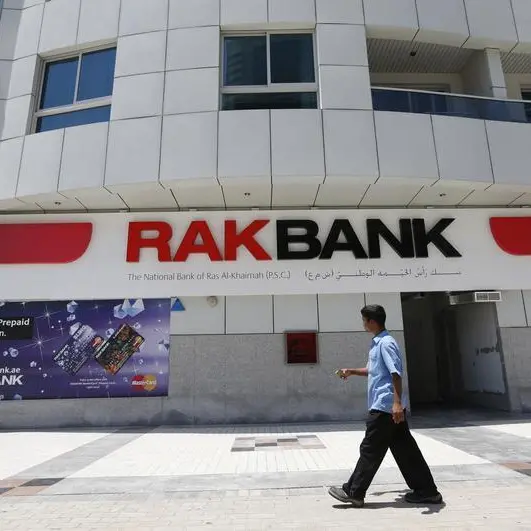PHOTO
India’s South Indian Bank is looking to improve on all financial matrices this year even as it grapples with dubious legacy loans and seeks to leverage quality credit offtake.
In an interview with Zawya, Managing Director and CEO Murali Ramakrishnan said the “very satisfying” net profit of Rs 2.72 billion ($3.4 million) it booked in the fourth quarter of 2021–22 was due to a reduction in provisions on account of lower slippages and better recoveries.
When Ramakrishnan took over as managing director of the Kerala-based bank in 2020, delinquent loans in the legacy portfolio had been a recurring problem, pulling profitability down. “Though we were onboarding new business and net interest margins were good, we had to provide extra provisioning just to improve the provision coverage ratio (PCR), which was low.”
With the bank’s PCR at 60 percent against the regulatory requirement of 70 percent, the South Indian Bank had to provide the extra provisioning, which forced it to declare losses for Q2 and Q3. Ramakrishnan now hopes to take the PCR up to 75 percent in FY2023.
A clean legacy book
Drawing on the extensive credit risk management experience he gained through his earlier career at ICIC Bank, a leading private sector bank in India, Ramakrishnan began a new loan book with more stringent controls. Under him, the bank began cleaning up the legacy book through collection, recovery, and settlement. In the year ended March 2021, the bank recovered nearly Rs 6 billion. One year later, the upgrade and recovery were at Rs 15 billion.
Ramakrishnan expects slippages of Rs 16–17 billion this fiscal year, compared with Rs 20 billion in FY2022 and Rs 23 billion the previous year. “One more year of such performance, we will bring all the legacy issues to zero.”
The new loan book already has loans worth Rs 23 billion, but with a better underwriting mechanism. “It was not about creating a portfolio for the year; we need to create something for the next 10 years,” said Ramakrishnan. He aims to grow the loan book by double digits in FY2023.
Stepping up corporate lending
Ramakrishnan is now focusing on warming up the corporate book for better-rated corporates that will add to the quality of their lending. “We are seeing a good impetus in the corporate segment, and I think this year will definitely see a lot more corporate lending.”
During the pandemic, most companies paid off their working capital loans with commercial paper and bonds at very low rates or even replaced higher-cost facilities with lower-cost funds. “Now, with the economy reviving,... there will be capacities expansion and the need for working capital will go up ... So long as you are very clear about the quality of the corporate you’re lending to, it is a good book.”
South Indian Bank raised Rs. 2.4 billion in 2021 by issuing shares to HDFC Life, SBI Life and ICICI Lombard, and it may consider raising another Rs 6 billion soon if the market conditions are conducive.
“Our capital adequacy ratio is healthy now. When I took over, it was 13 percent, and now it is at around 15.9 percent. So, while there is no dire need to raise capital, we will need it for growth and to improve our overall balance sheet strength,” said Ramakrishnan.
The bank, which operates mainly in Kerala and in the south of India, is in no hurry to open new branches within the country. However, he has plans for opening a few more representative offices in North America and the Arabian Gulf to tap the non-resident Indian (NRI) demographic, which already forms a large part of its customer base.
The bank has raised about Rs 90 billion in deposits from NRIs and aims to add wealth management services to its product range. In the UAE, it has tied up with exchange houses to boost remittances, which have grown 33 percent year-on-year.
South Indian Bank, which will celebrate its centennial in 2029, already has a strong digital presence. It has spent close to Rs 2 billion on technology over the past four years, to improve its digital capabilities in the areas of sourcing, underwriting, treasury, collection, etc. Currently, SIB’s customers conduct over 92 percent of transactions digitally.
On the jobs front, instead of trimming cost-to-income ratio, SIB moved counter-intuitively by adding 1,000 employees. “When you need people with certain competencies, it is better to work with them and improve their competency rather than trying to fire them and bring in anybody new,” he said.
(Reporting by Brinda Darasha; editing by Seban Scaria)





















